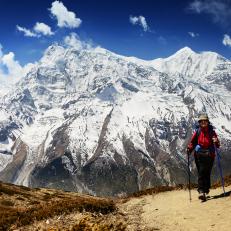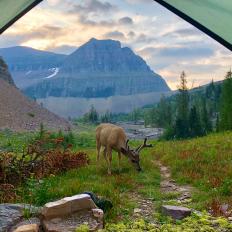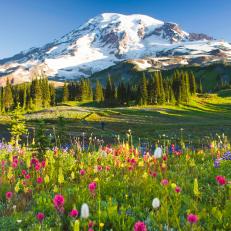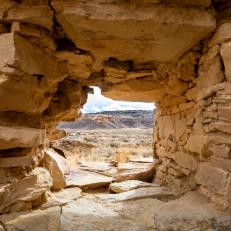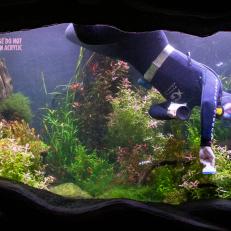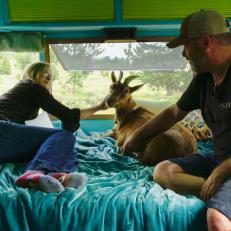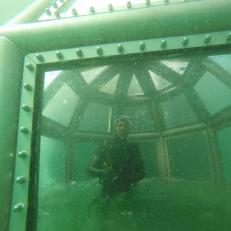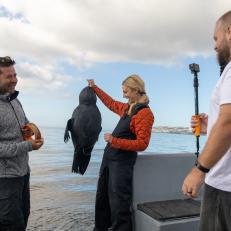Camping Trip Safety Tips and Tricks
Whether packing for a family camping trip or a solo hiking adventure, consider these tips and tricks to stay safe on the trail.
Planning the Perfect Trip
The perfect camping trip celebrates the best of nature with great hikes, gorgeous scenery and cozy campfires. But to prepare for the unexpected, it’s essential to do some research beforehand.
Assemble a Camping Emergency Kit
Over packing is a disaster in itself when camping, especially if you have a multi-day trip. But don’t leave behind the critical first aid kit in attempting to lighten your load. Gear stores like REI and LL Bean sell ready-made emergency packs. ven if you’re just car camping, bring along basic first aid gear (including bandage supplies and antibiotic creams to treat wounds), necessary medications, a small knife, lighter and hand crank camping lantern or LED flashlight (with extra battery).
Pack a Poncho (and More)
For longer excursions, protect yourself from the elements with a reflective survival blanket, rain poncho and hand warmers, as well as a whistle and small mirror to signal for help.
Make Your Plans Public
Leave behind a detailed copy of your itinerary with trusted friends or family -- and stick to it, especially if you’re heading into backcountry territory.
Check in With a Park Ranger
Sneaking off into the wild may seem like a good idea, but it’s an even better idea to also check in with the local ranger station; let them know about your plans as well and ask if you need a special camping permit.
Bring Your Cell Phone and a GPS
Getting lost in the wilderness -- there’s an app for that (check out iSurvive Wilderness for wilderness survival tips such as tying knots and making shelter). But there’s no guarantee you’ll have cell phone service when you need it most. And while you can map out your hiking routes with a GPS device, you may go out of range as you navigate peaks and valleys.
Master the Old-School Essentials: Map & Compass
Even if you’re familiar with the territory, pack a map and compass. Before you set out, be sure you know how to accurately use both tools in case your technology fizzles out.
Track the Weather
Before your trip, check NOAA’s National Weather Service for any possible extreme weather warnings, including blistering heat, hurricanes and other severe storms. Even with proper planning, though, it’s possible to find yourself sleeping outside or a few miles along the trail when a storm rolls in.
Lightning Safety
The USDA Forest Service outlines helpful lightning safety tips, such as not to pitch your tent under the tallest trees. And though it may go against your natural instincts, if you can’t find safe shelter (like a car or building), head deep into the woods instead of sticking around an open space with sparse trees. Crouch low to the ground (instead of lying or sitting down) to diminish the path lightning can follow if you do get struck.
Prepare for Animal Encounters
The National Park Service’s website provides insight into avoiding the dangers of wildlife encounters. If you encounter a bear near your campground, the National Park Service suggests you make loud noises to scare it away. However, if you see a mountain lion, you should maintain eye contact and back away slowly. If a mountain lion approaches you, throw rocks, make noise and never play dead in the event of an attack -- keep fighting because this wild cat is sure to do the same.









